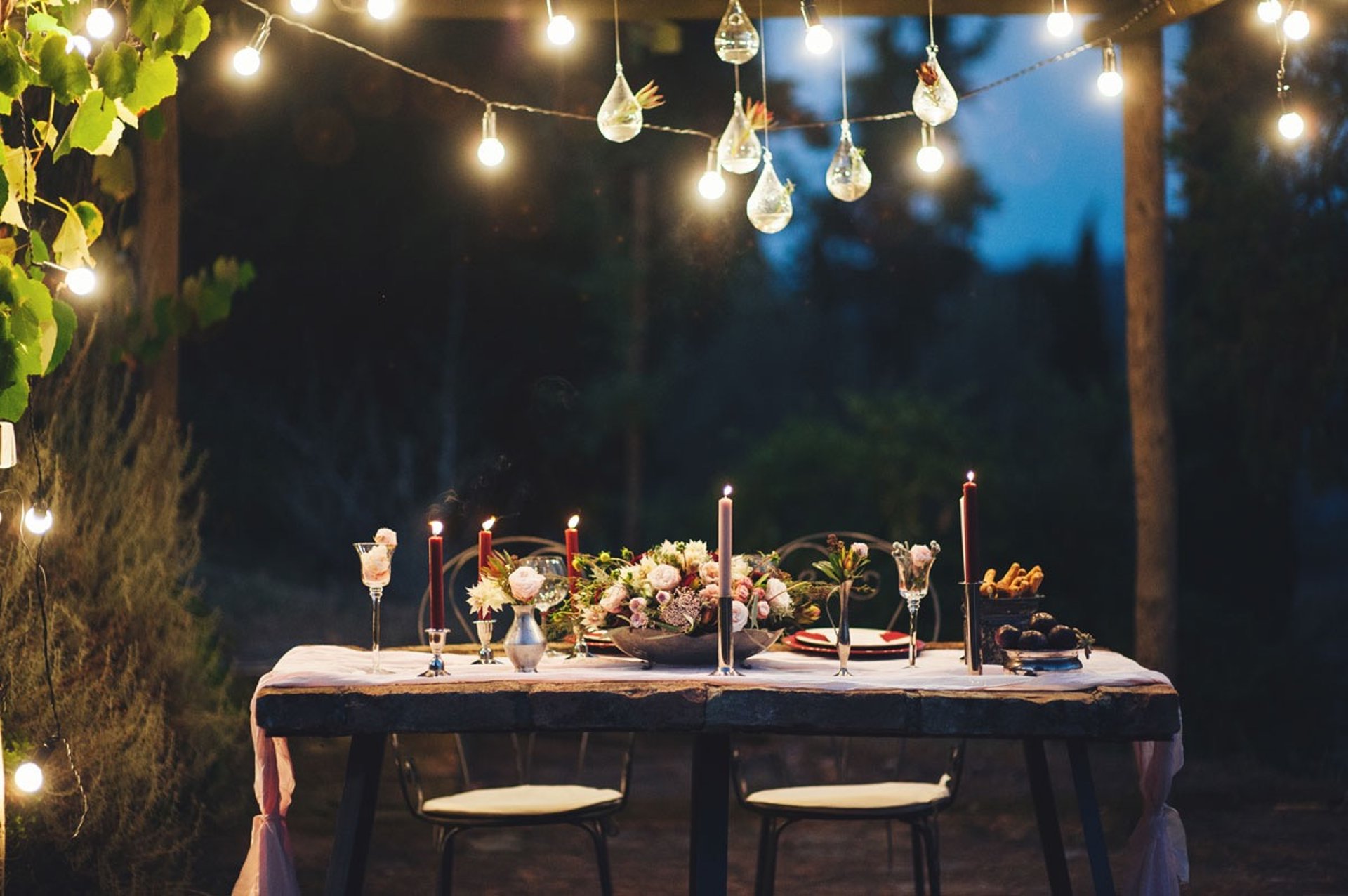
How to Choose the Best Umbrella for Your Patio: A Guide to Materials, Styles, and Functionality
Choosing the right patio umbrella can completely transform your outdoor space — providing comfort, style, and UV protection for sunny days. In this guide, we’ll walk through how to choose the best umbrella for your patio, from understanding frame materials and canopy fabrics to selecting the right size, shape, and functionality for your outdoor layout.
SHADE SOLUTIONS & SHELTER
P & P
10/8/20253 min read


How to Choose the Best Umbrella for Your Patio: A Guide to Materials, Styles, and Functionality
Disclosure: Papaver and Petals is a participant in the Amazon Services LLC Associates Program, an affiliate advertising program designed to provide a means for sites to earn fees by linking to Amazon.com and affiliated sites. As an Amazon Associate, we earn from qualifying purchases at no extra cost to you.
Why Your Patio Umbrella Matters
A quality umbrella is more than a decorative accent—it’s a key component of comfortable, functional outdoor living. The right one offers protection from the sun’s harsh rays, defines seating or dining areas, and complements the aesthetic of your outdoor design. With so many options available, understanding what to look for ensures your umbrella enhances your space for years to come.
Step 1: Choose the Right Size and Shape
Before exploring fabrics or frame materials, start with size.
Measure your space: Your umbrella should provide enough coverage without overwhelming the area. A general rule: the umbrella’s canopy should extend two feet beyond the table or seating area on all sides.
Common sizes:
Small patios or bistro tables: 6–7 ft umbrellas
Patio Umbrella, 6.5 ft Outdoor Table Umbrella with Tilt Steel Pole - https://amzn.to/489a9m2
Medium dining sets: 8–9 ft umbrellas
9' Outdoor Patio Umbrella - https://amzn.to/4o8MMz5
Large lounges or sectionals: 10–13 ft umbrellas
10' X 13' Outdoor Patio Umbrella - https://amzn.to/4pGAhvZ
Shape matters: Round or octagonal umbrellas suit circular tables, while rectangular or square options pair beautifully with long dining tables or modular seating.
Step 2: Select Durable Frame Materials
The umbrella frame determines its strength, weight, and ability to withstand weather.
Aluminum: Lightweight, rust-resistant, and modern in look—ideal for humid or coastal climates. Many come with powder-coated finishes for extra protection.
Wood: Offers timeless charm and warmth. Teak and eucalyptus are top choices for durability and resistance to rot. Regular oiling helps maintain their rich tone.
Steel or Iron: Provides sturdy support and classic appeal but requires anti-rust treatment and seasonal care to last.
If you’re in a windy area, look for vented canopies and weighted bases for stability.
Step 3: Consider Canopy Fabrics
The canopy is what stands between you and the sun—so quality materials make a big difference.
Acrylic (like Sunbrella® fabric): Fade-resistant, UV-protective, and mildew-resistant. A long-lasting option that maintains vibrant colors.
Polyester: A budget-friendly alternative that offers decent UV protection but may fade faster in direct sun.
Olefin: Durable, stain-resistant, and a strong mid-range choice with good color retention.
Choose a tilting or rotating canopy if your patio receives sun from multiple directions throughout the day.
Step 4: Decide on Umbrella Style
Umbrellas come in a range of designs—each suited for different layouts and preferences.
Market Umbrellas: The most common style, featuring a straight pole through a table’s center. Simple, elegant, and widely available.
Cantilever or Offset Umbrellas: Feature a side pole, providing unobstructed shade over lounge areas or large tables. They often include crank and tilt systems for flexible coverage.
Half Umbrellas: Perfect for tight spaces, balconies, or against walls—offering coverage without needing a large base.
Double-Top Umbrellas: Offer enhanced ventilation and a luxurious aesthetic for larger patios.
Step 5: Pay Attention to Functionality
Modern patio umbrellas offer more than just shade. Look for these optional upgrades:
Crank lift systems for easy opening and closing
Push-button tilt or auto-tilt for directional control
LED lighting built into ribs for ambient evening light
Solar-powered models for energy-efficient illumination
Weighted or fillable bases to anchor safely against wind
A quality umbrella base is essential—make sure it matches the umbrella’s pole diameter and weight needs.
Step 6: Coordinate Style with Your Outdoor Design
Your umbrella should harmonize with your patio’s overall aesthetic.
For modern spaces, look for clean lines and neutral fabrics like taupe, gray, or sand.
For boho or Mediterranean-inspired patios, consider patterned canopies or natural wood poles.
For coastal designs, opt for cool blues, whites, or stripes that echo the sea.
Adding matching outdoor cushions or accent pillows can tie everything together beautifully.
Step 7: Maintenance Tips for Longevity
Close and secure your umbrella when not in use or during storms.
Use umbrella covers during off-seasons to prevent sun or water damage.
Clean fabric canopies with mild soap and water—avoid harsh chemicals.
Treat wooden frames annually with oil or sealant to preserve color and integrity.
Final Thoughts
The best patio umbrella balances form, function, and durability—bringing shade and sophistication to your outdoor living space. By understanding materials, canopy fabrics, and functional features, you can invest in an umbrella that enhances your comfort and complements your garden’s aesthetic for many summers to come.
